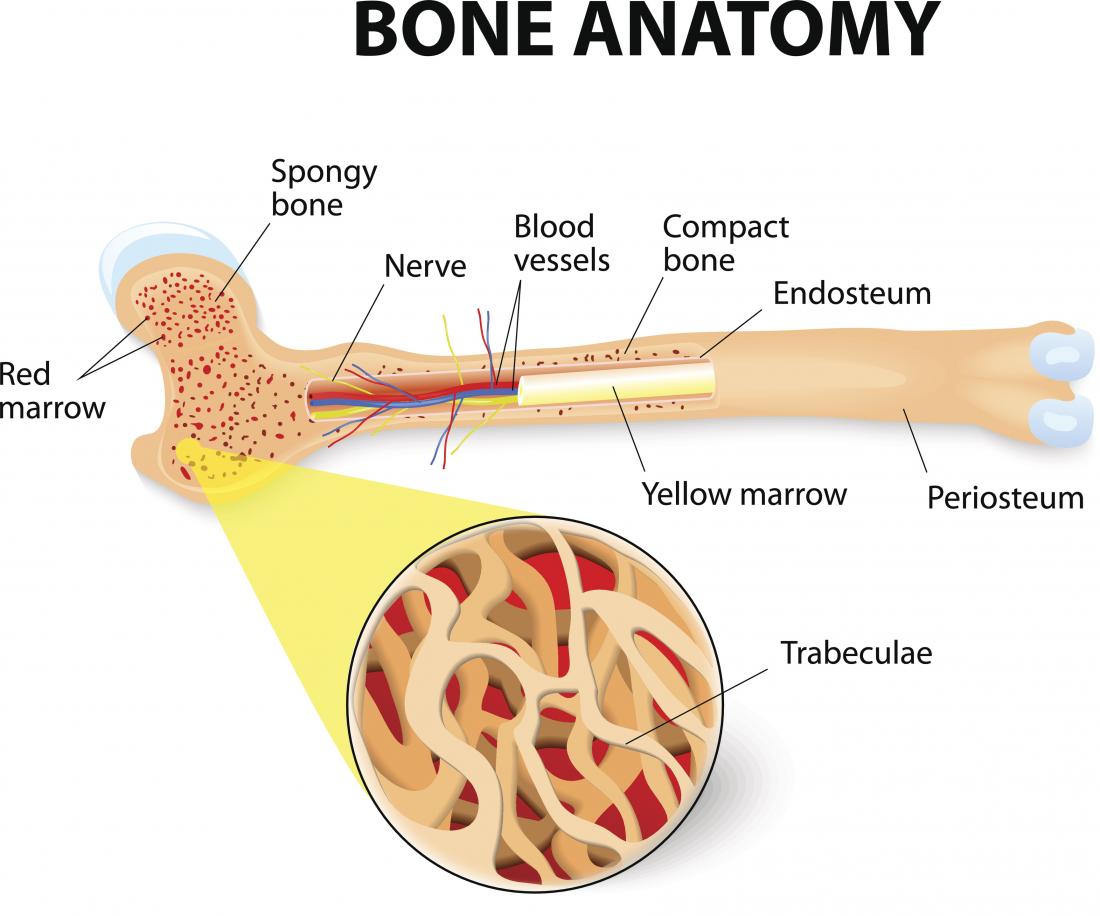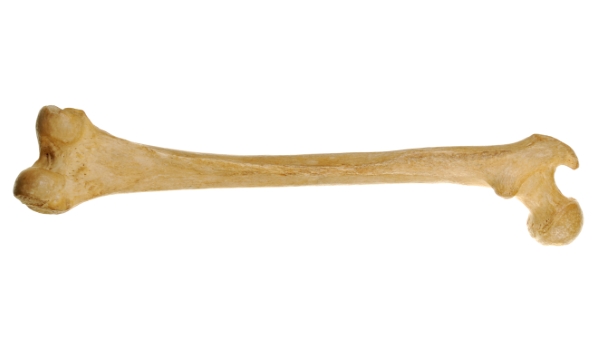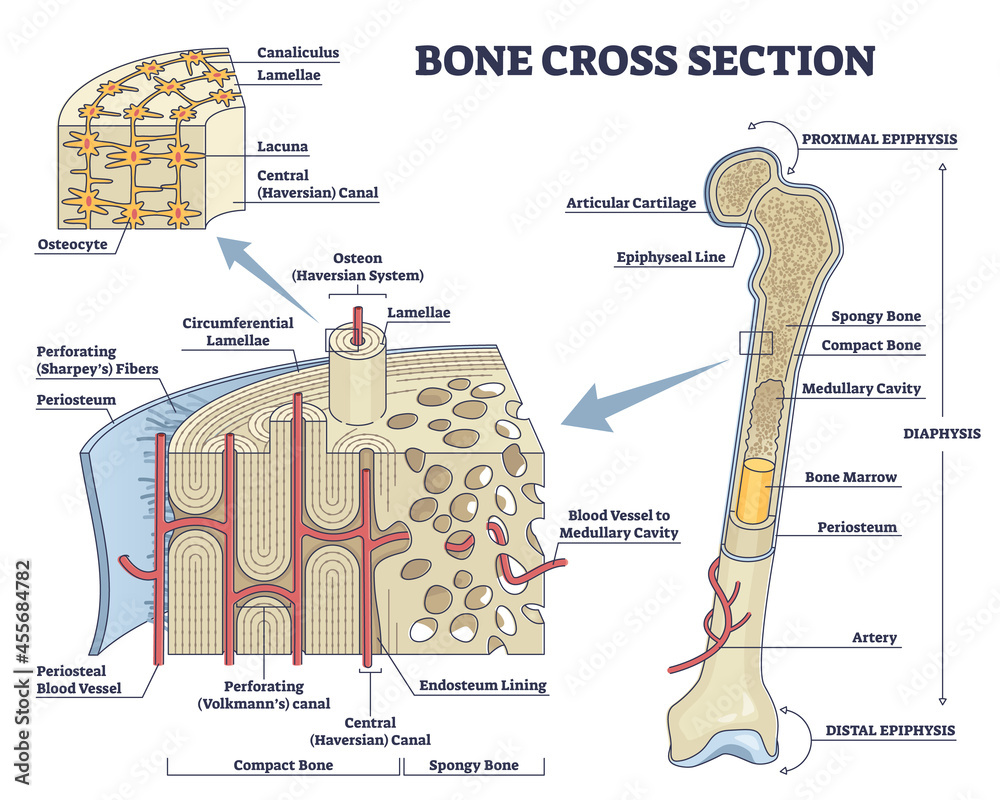Bone Thugs - The Unsung Heroes Inside You
Have you ever stopped to think about the amazing framework holding you upright, allowing you to move, and, well, just exist? It's easy to take for granted the incredible structures working tirelessly inside your body. These are your bones, and in a way, you could almost think of them as the silent, incredibly strong "bone thugs" of your inner world, always on duty, keeping everything in place. They are, you know, the real unsung heroes, pretty much making sure you can do everything from a simple stretch to running a marathon.
These internal support systems are far from being just static, lifeless pieces of material. Oh no, not at all. They are actually quite busy, living parts of you, constantly changing and adapting. They are, perhaps, the ultimate behind-the-scenes crew, doing so much for your well-being without you even having to ask. It's really quite fascinating, when you stop to consider it, just how much activity goes on beneath your skin, all thanks to these amazing body parts.
So, we're going to take a closer look at these incredible components of your body. We will explore what they are made of, what important jobs they handle, how they come in various forms, and just how many of these hardworking "bone thugs" you carry around every single day. Get ready to appreciate the often-overlooked champions that truly give you your shape and support.
Table of Contents
- What Exactly Are These Bone Thugs?
- The Busy Builders - Your Bone Thugs at Work
- Why Do We Need These Bone Thugs?
- The Protectors - Your Inner Bone Thugs
- How Do These Bone Thugs Come in Different Shapes?
- The Diverse Forms of Your Bone Thugs
- How Many Bone Thugs Do You Actually Have?
- The Daily Grind of Your Bone Thugs
What Exactly Are These Bone Thugs?
Your bones, it's pretty wild to think about, are constantly being built up and changed around, all through your life. This work is done by some pretty special bone cells, like the little construction workers called osteoblasts and the demolition crew known as osteoclasts. These tiny workers are always busy, sort of like a never-ending construction project, making sure your body's framework stays strong and healthy. It's a continuous cycle, really, where old parts are taken down and new ones are put up, which is, you know, quite a sophisticated process for something we barely notice.
Within any single bone, the material is put together in a couple of main ways. There's the hard, solid outer layer, which is very dense and protective, and then there's the lighter, more porous inner part, which is almost like a sponge. These two different arrangements of bone material work together, you see, to give each bone its particular strength and also a bit of lightness. It’s a very clever design, actually, allowing for both rigidity and a certain amount of flexibility where needed.
When we talk about bone, we're talking about a firm body material that has tiny cells placed within a lot of tough, hard stuff between them. This intercellular material is what gives bone its distinct firmness and its ability to bear weight. It's basically a highly specialized kind of connective material, which means it links things together, but in a very strong way. This structure is what makes your bones so good at their job, providing a solid foundation for your body, pretty much always.
Bone material, in fact, makes up the individual bones that form the frameworks of all animals with backbones. So, whether it's a tiny mouse or a big elephant, or, you know, us humans, the basic building blocks of the skeleton are these same types of bones. They are the fundamental components of what gives these creatures their form and structure, allowing them to move and interact with their surroundings. It's a shared design, in some respects, across a vast array of living things.
The Busy Builders - Your Bone Thugs at Work
As we were saying, bone is actively constructed and changed throughout your whole life by those specialized bone cells, the ones known as osteoblasts and osteoclasts. These cellular teams are like a well-oiled machine, constantly tearing down and rebuilding. It's a bit like having a renovation crew working non-stop, ensuring that your body's internal support system is always in top condition. This constant activity is, you know, absolutely vital for keeping your bones robust and able to handle daily stresses.
The cell that's mostly in charge of putting new bone together is the osteoblast. These little guys are the primary constructors, laying down fresh bone material. They are, in a way, the master craftspeople of your skeletal system, making sure that every piece is formed correctly and strongly. Their work is especially important during growth, but also for fixing any damage that might occur. They are, you know, really busy little workers, always focused on building.
Your bones are actually made of very active, living cells that are busy growing, fixing themselves, and talking to other parts of your body. This means your bones are not just inert structures; they are truly alive and dynamic. They are, you know, constantly communicating, receiving signals, and responding to what your body needs. This amazing ability to self-repair and adapt is what keeps your skeleton strong and healthy for years and years, which is pretty incredible, if you think about it.
Why Do We Need These Bone Thugs?
Bones, you see, create the framework that keeps your body together and allows it to move. Without them, you'd be, well, just a shapeless blob, pretty much. They provide the necessary rigid points for your muscles to pull against, which is how you get to walk, run, jump, or even just wiggle your toes. This structural support is, you know, absolutely fundamental to every single movement you make, big or small, every day.
They also help keep your very important organs safe, hold onto valuable minerals, and provide a place for new blood cells to be made. Think of them as a combination safe, a mineral bank, and a blood factory, all rolled into one. They are, actually, quite multifunctional, doing far more than just holding you up. This variety of roles means they are, in some respects, truly indispensable for your overall health and well-being, always working behind the scenes.
Your bones also keep your internal organs safe and give your body its distinct form. Imagine, for a moment, what your brain or heart would be like without the skull or rib cage surrounding them. They would be very vulnerable, wouldn't they? So, they act as a natural shield, providing a strong, protective casing for your most delicate parts. This protective function is, you know, a very important part of their job description, keeping you safe from everyday bumps and knocks.
The skeleton, which is made of bone, is there to give a powerful structure to support and keep your soft organs safe, like your brain, heart, and lungs. It’s like a custom-built suit of armor, perfectly shaped to protect what’s inside. This framework is, you know, incredibly strong yet surprisingly light, allowing you to move freely while still being well-protected. It’s a testament to nature’s brilliant design, really, how well everything fits together.
Bone, you might say, has many important jobs within the body. From the moment you wake up until you go to sleep, and even while you're resting, your bones are continuously at work. They are, in a way, the silent workhorses, always contributing to your body's complex systems. Their roles are, you know, so varied and so crucial that it's hard to imagine how we would function without them, truly.
The Protectors - Your Inner Bone Thugs
Your bones, truly, are like personal bodyguards for your most important organs. They form a tough, rigid barrier that shields delicate structures such as your brain, nestled safely within your skull, and your heart and lungs, which are tucked away behind your rib cage. This protection is, you know, absolutely vital for keeping these life-sustaining parts of you safe from outside forces and impacts. They are, in a way, the ultimate security detail for your internal workings, always on guard.
The skeleton provides a powerful structure that supports and keeps your soft organs safe. It's a bit like the framework of a house, giving shape and stability while also enclosing and protecting the precious contents within. This strong foundation is, you know, what allows your organs to function properly without being squashed or damaged. It's a very clever arrangement, really, providing both support and a shield, pretty much all the time.
How Do These Bone Thugs Come in Different Shapes?
Bones are put into different groups based on their overall form. This classification helps us, you know, understand their specific jobs and where they fit within the body's entire structure. It's a bit like sorting tools in a toolbox; each shape has a particular purpose and is designed for a certain kind of work. So, they aren't all just, you know, one uniform type, but come in various forms to suit different needs.
They can be long, like the large bone in your upper leg, which is called the femur, and the bones in your forearm. Or they might be short, like the tiny ones found in your wrist and ankle. Some are flat, similar to the bones that make up your head, giving it its rounded shape. And then there are those that are irregular, meaning they have odd, complex forms, such as the bones that make up your spine. Each shape is, you know, very specifically designed for its role.
Mainly, they are simply referred to by these shape descriptions. This straightforward way of naming them helps us quickly understand their general characteristics and what kind of support or movement they are likely involved in. It's a practical system, really, that helps both everyday people and those who study the body to easily talk about these different components. So, you know, it makes things a little less complicated.
The Diverse Forms of Your Bone Thugs
Long bones, like those in your arms and legs, are, you know, typically longer than they are wide. They have a shaft and two ends, and they are especially good at supporting weight and helping with movement. Think of them as the main levers of your body, allowing you to reach, kick, and step. They are, actually, quite important for giving you height and for enabling those big, sweeping motions that you make every day.
Short bones, on the other hand, are more like little cubes or blocks. You find them in places like your wrists and ankles, where they provide stability and a bit of movement. They are, you know, pretty much designed for strength and compactness in areas that need to be flexible but also very sturdy. These smaller bones work together in groups, allowing for intricate movements while still being able to bear a fair amount of stress, which is quite clever.
Flat bones are, as their name suggests, thin and often curved. They are, you know, primarily for protection and for providing large surfaces for muscles to attach to. Your skull, for example, is made of several flat bones that form a protective helmet for your brain. Your shoulder blades and ribs are also flat bones, serving similar protective and attachment purposes. They are, in a way, the body's natural shields, pretty much always on guard.
Irregular bones are the ones that don't fit into any of the other categories because of their unique, complex shapes. The bones of your spine, for instance, are irregular bones, and they have all sorts of bumps and curves that allow for muscle attachment and protection of the spinal cord. These bones are, you know, often very specialized for a particular job, providing both support and flexibility in very specific areas of the body. They are, you know, truly custom-made for their roles.
How Many Bone Thugs Do You Actually Have?
Most grown-ups carry around somewhere between 206 and 213 bones. This number can vary just a little bit from person to person, which is, you know, pretty normal. It's a rather large collection of individual pieces, all working together in a highly coordinated system. Each one has its place and its particular job, contributing to the overall strength and function of your body. It’s a truly impressive number of components, actually, making up your entire framework.
You use all of them, every single day, just to sit, to stand, and to move around. Think about it: every time you pick something up, every step you take, every time you shift in your chair, your bones are involved. They are, you know, the silent partners in all your daily activities, providing the necessary support and leverage for every action. It’s a constant, ongoing effort from these internal structures, pretty much without you even having to think about it.
The Daily Grind of Your Bone Thugs
Your bones are in constant use, from the simplest gesture to the most strenuous activity. They bear your weight, absorb impacts, and act as anchors for your muscles, allowing for an incredible range of motion. This daily workload means they are, you know, always adapting and responding to the forces placed upon them. It's a continuous performance, really, where your skeletal system is always ready for whatever you throw at it.
Bone is a living, firm material of the human body that forms the body's skeletal system. It’s not just a collection of inert sticks; it's a dynamic, responsive part of you. This living quality means that your bones are constantly able to repair themselves and grow, which is, you know, absolutely vital for long-term health. They are, in a way, like a self-maintaining structure, always working to keep themselves in good condition.
A bone is a physical structure that is made up of hardened connective material. This material, you see, contains minerals like calcium and phosphate, which give bone its incredible firmness. It's a very clever blend of

Bone (Osseous Tissue) types, structure, function & importance| Science

Structure and functions of bones - Online Science Notes

Obraz Bone cross section and isolated anatomical detailed structure